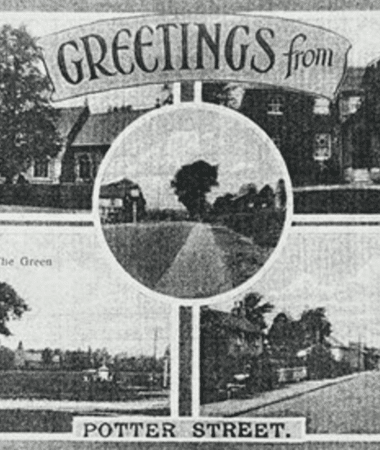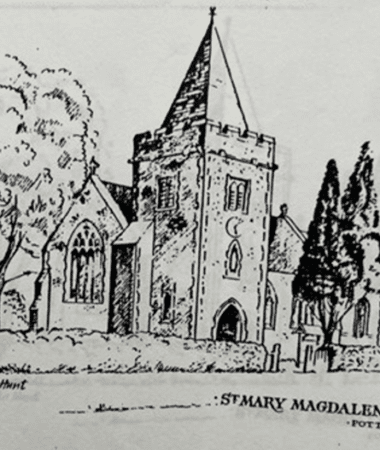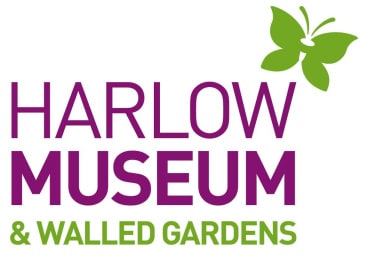
History
The area of Potter Street derives its name from a rich history in which pottery and ceramics were made in the area. Most notably Metropolitan Ware was made in Harlow during the 1600s, this design consisted of patters, drawings and even religious phrases being painted onto pottery. This popular design was bought throughout the country and examples can be seen in many modern museums such as the V&A and of course Harlow Museum.

Parish and Church
Potter Street as we now know it was one of the original parishes before Harlow New Town was created. The small streets were free from motor vehicles and villagers could visit two nearby shops and a small local Post Office.
The Potter Street based church St. Mary Magdalene was built by the vicar of Harlow in 1834 and was elevated to the rank of parish church is 1865. The bells and clock were added much later between 1905-1907. The church also underwent major renovations in the early 2000s when the congregation raised a large sum to restore two manual organs to their former glory.
What to see at Harlow Museum?
Harlow Museum & Walled Gardens features the Parish Gallery, exploring the five parishes which originally made up the land where Harlow Town now stands, including Potter Street, Latton, Netteswell, Little and Great Parndon. During your visit you can view multiple maps and artefacts that offer a fascinating glimpse into the physical landscape and lives of residents living in the parishes. And see some examples of Metropolitan Ware which was once produced locally in Potter Street.
Learn more about the Parish Gallery here